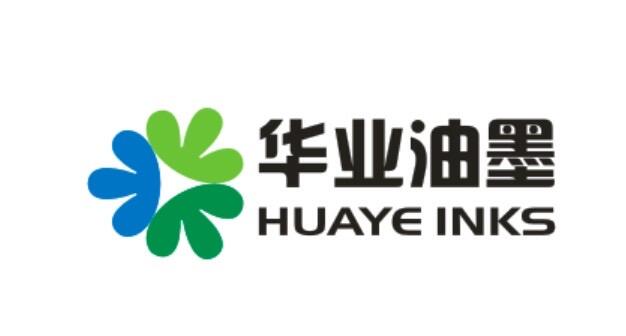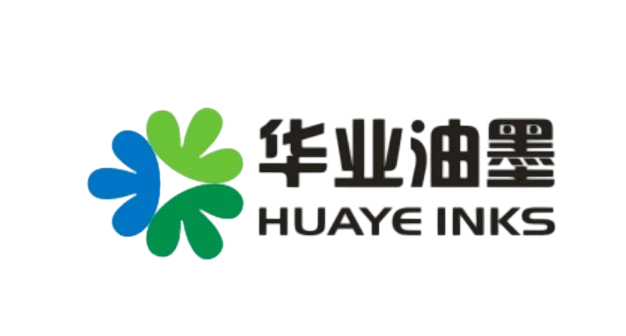Environmental and Regulatory Advantages of Aqueous Intaglio Printing Ink for Plastic
Reduction in VOC Emissions with Water-Based Ink
Water based intaglio printing inks cut down on volatile organic compounds (VOCs) by as much as 95% when compared to traditional solvent based options, which tackles one of the biggest environmental problems facing plastic packaging manufacturers today. The switch from petroleum based solvents to safer emulsifiers means these water based formulas have almost no VOC content at all, typically below 25 grams per liter, so they easily pass the EU's strict ECOCERT requirements for industrial printing products. Beyond just being better for the environment, this change actually protects workers' health too. Factories using these new inks report about 1.2 metric tons less smog creating pollution each year, according to research from Ponemon Institute back in 2023. That's roughly the same amount of emissions saved if 260 regular cars were taken off the road completely.
Sustainability Benefits in Plastic Packaging Applications
The chemistry behind water based inks actually makes it possible to recycle printed plastic films in a closed loop system. This helps keep PET and polypropylene streams clean from contaminants, which is really important for consumer packaged goods companies working toward those 2030 circular economy goals they've all been talking about lately. According to a study published last year looking at twelve big packaging companies around the world, switching to aqueous intaglio printing cut down on water pollution by almost three quarters and saved about a third of the energy normally used when compared with traditional UV curable inks. For food packaging specifically, this matters a lot because these water based options don't contain harmful substances like phthalates or heavy metals that would otherwise make them non compliant with FDA regulations outlined in section 175.300 of title 21.
Compliance with Global Environmental Regulations and Industry Standards
Water-based intaglio inks actually satisfy those tough international rules out there. Take California's CARB ATCM standards and China's GB 38507-2021 regulation for instance. Both demand volatile organic compound levels under 100 grams per liter, something our water based formulas handle quite easily. When companies stick to the European Printing Ink Association's Excluded Substances List, they automatically comply with laws in 43 different countries. This kind of alignment gives businesses peace of mind when operating internationally. Some early users have seen their export packaging get approved 27 percent quicker through customs. Plus, they face around 19% fewer fines related to regulatory issues than folks still using traditional solvent based inks. Makes sense why so many manufacturers are making the switch these days.
For detailed metrics on regulatory alignment, see comparative VOC thresholds in the 2024 Sustainable Packaging Report.
Superior Print Quality and Adhesion on Plastic Surfaces
High-Resolution Output in Gravure Printing Using Aqueous Intaglio Ink for Plastic
Water based intaglio printing inks can reproduce fine details down to around 5 to 10 microns on both PE and PP films because they have good control over their flow properties. These water based options stay consistent in thickness even when running at pretty fast speeds on gravure presses, somewhere between 80 and 120 meters per minute. That consistency helps prevent problems like ink spreading out too much or dots getting bigger than intended. Tests show these inks hit about 97.4% accuracy in color matching, which meets the ISO 2846-3 requirements for printing on plastics. Most manufacturers find this level of performance makes them competitive in markets where quality matters.
Enhanced Ink Adhesion on Non-Porous Plastic Films
According to research from 2023 on adhesion properties, aqueous intaglio ink creates bonds that are actually around 92 percent stronger compared to regular inks when applied to PET and PVC materials. This impressive performance comes from what researchers call hybrid polymer chemistry. The ink has a surface tension range between 26 and 32 mN/m, which is about 38% less than what we typically see with standard inks. Because of this lower surface tension, the ink spreads naturally across polyolefin films without needing any special corona treatment beforehand. That means manufacturers can save quite a bit on energy costs too, cutting down pretreatment expenses by approximately 15 to 20 kWh per ton of material processed.
Case Study: Improved Print Consistency in Flexible Food Packaging
A leading European converter reduced defect rates from 2.1% to 0.3% after adopting aqueous intaglio ink for retortable pouches. Print density variation remained within ±0.08 across 50,000 linear meters under accelerated storage conditions (60°C, 95% RH), surpassing ASTM F2029-16 requirements for shelf-stable packaging.
Durability and Resistance Performance in Real-World Applications
Aqueous intaglio printing ink for plastic offers exceptional resilience in demanding environments, making it ideal for packaging exposed to extreme conditions. Its advanced formulation resists chemical and thermal stress while preserving visual clarity.
Chemical Resistance to Oils, Moisture, and Common Solvents
The ink's polymer matrix provides a robust barrier against lipid-based substances and industrial cleaners, essential for grease-resistant food packaging. Testing confirms 98% image integrity retention after 72 hours of immersion in mineral oil (ASTM F1306-22), outperforming traditional plastisol inks.
Thermal Stability Under Extreme Storage and Transport Conditions
Research published in ScienceDirect demonstrates that water-based intaglio formulations maintain adhesion across temperature cycles from -30°C to 80°C, a range critical for frozen food logistics and tropical shipping. This thermal stability prevents warping and cracking commonly seen in UV-cured alternatives.
Long-Term Durability in Industrial and Consumer Plastic Packaging
In accelerated wear tests (ISO 15720:2023), the ink shows three times greater abrasion resistance than screen-printed coatings. It also withstands over 10,000 bending cycles on polyethylene films without micro-fractures, ensuring long-term legibility in reusable containers and heavy-duty pallet wraps.
Operational Efficiency in High-Speed Gravure Printing Processes
Optimized Viscosity and Flow for High-Speed Aqueous Intaglio Printing
Aqueous intaglio ink is engineered for high-speed gravure operations, with rheology optimized for press speeds exceeding 400 meters per minute. Its shear-thinning behavior prevents splattering and maintains dot fidelity within 0.1 mm, even at peak velocities. This precision reduces substrate waste by up to 19% compared to solvent-based systems (FlexoTech 2023).
Reduced Press Downtime and Easier Cleanup with Water-Based Systems
Water-soluble formulations enable faster color changes, with operators reporting 35% shorter cleaning cycles due to the absence of solvent-resistant residues. Eliminating flammable solvents also removes the need for explosion-proof drying equipment, allowing uninterrupted 72-hour production runs without safety-related shutdowns.
Integration Strategies for Existing Intaglio Workflows
Most gravure presses can transition to aqueous inks with three key modifications:
- Replace solvent traps with water vapor recovery systems
- Adjust doctor blade angles to 55°–60° for improved ink transfer
- Install infrared drying modules operating at 20–30% lower temperatures
These upgrades typically deliver return on investment within 14 months through lower energy use and reduced consumables costs.
FAQs
What are the environmental benefits of using aqueous intaglio printing ink?
Aqueous intaglio printing ink significantly reduces VOC emissions by up to 95% compared to traditional solvent-based inks, enhancing environmental sustainability and worker safety.
How does water-based ink impact plastic packaging recycling?
Water-based inks facilitate the recycling of printed plastic films by maintaining the cleanliness of PET and polypropylene streams, supporting circular economy goals.
Are water-based intaglio inks compliant with international regulations?
Yes, these inks easily comply with stringent international standards such as California's CARB ATCM and China's GB 38507-2021 regulations, and align with laws in 43 countries.
What advantages do water-based inks offer in print quality?
Water-based inks provide high-resolution output, excellent adhesion, and consistent print quality on plastic surfaces, meeting industry standards like ISO 2846-3.
How do aqueous inks improve operational efficiency in printing processes?
These inks optimize viscosity for high-speed printing, reduce press downtime, and simplify cleanup by eliminating solvent residues and related equipment.
Table of Contents
- Environmental and Regulatory Advantages of Aqueous Intaglio Printing Ink for Plastic
- Superior Print Quality and Adhesion on Plastic Surfaces
- Durability and Resistance Performance in Real-World Applications
- Operational Efficiency in High-Speed Gravure Printing Processes
-
FAQs
- What are the environmental benefits of using aqueous intaglio printing ink?
- How does water-based ink impact plastic packaging recycling?
- Are water-based intaglio inks compliant with international regulations?
- What advantages do water-based inks offer in print quality?
- How do aqueous inks improve operational efficiency in printing processes?



